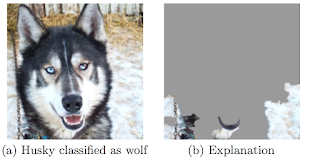This app can be used to track how much someone drank and therefore it is very useful for every party, especially when you plan to play some drinking games.
The usage is very simple:
- Start an R session
- Run the following script (uncomment to install the packages) and change the names in the persons vector
- Game should start in your default browser
- Every person who had a shot / a sip beer / whatever can be chosen from the drop-down list. If the same person has to drink again simply push "Drink again!". You can switch between the timeline and the leaderboard by clicking on the tabs
- Have fun!


